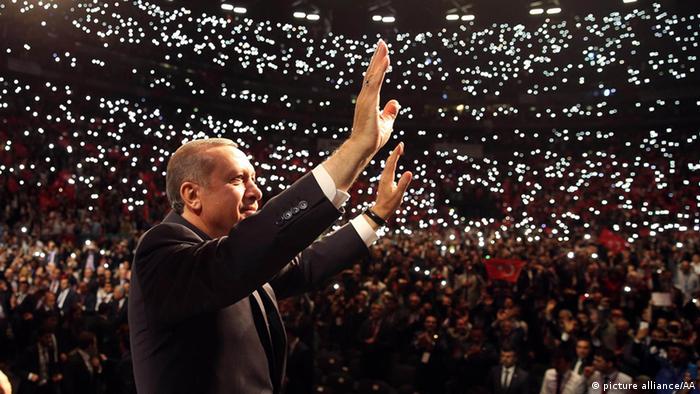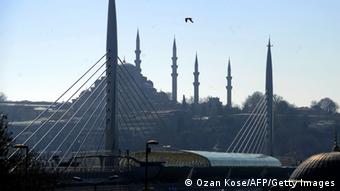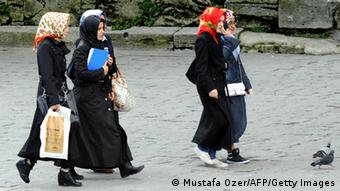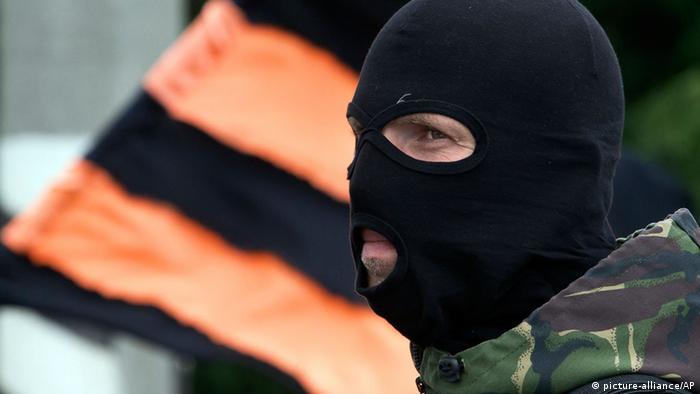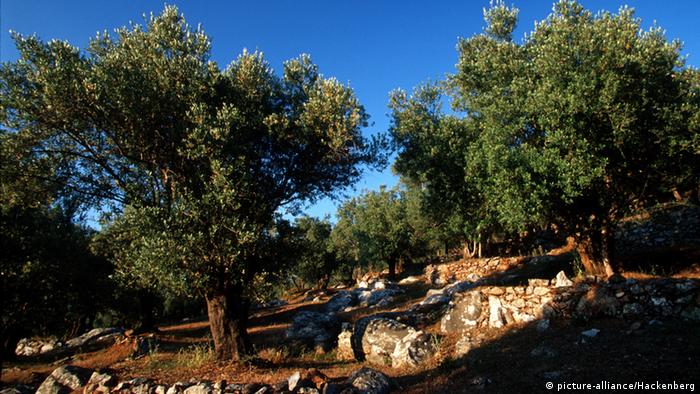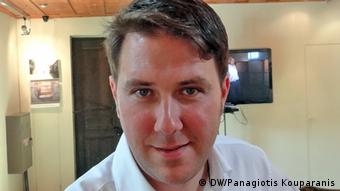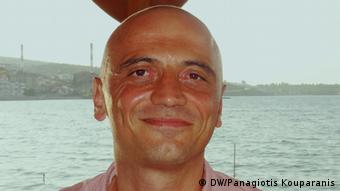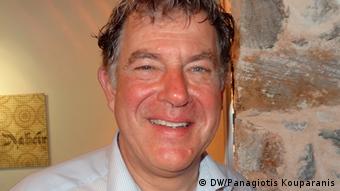No, Alexander Borodai didn't flee. The "prime minister" of the self-declared Donetsk People's Republic was in Moscow on business and will "return soon," a representative of the pro-Russian separatists in Eastern Ukraine told the news agency Interfax.
Borodai became known to the world in the middle of July, when he
negotiated access to the MH17 crash site and the transport of the victims' remains out of separatist-controlled territory.
Moscow is Borodai's actual home. The 42-year-old worked there as a political consultant before he became the leader of the Donetsk People's Republic.
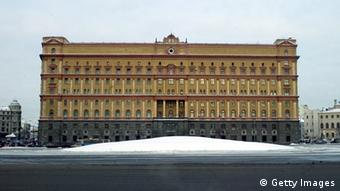
The FSB headquarters in Moscow
Borodai is considered a close confidant of another Russian called Strelkov, but whose real name is Igor Girkin. He also has a Moscow address. The 43-year-old declared himself defense minister of the Donetsk People's Republic. In interviews, Girkin has said that he formerly was an agent with the FSB, Russia's intelligence service, formerly the KGB.
Perhaps Borodai traveled to Moscow to avoid being eavesdropped on. The Ukrainian intelligence agency SBU recently published a conversation between Borodai and the Moscow-based political expert Alexey Chesnakov, in which the two men discuss the condition of the separatists in Eastern Ukraine. Borodai paints a dark picture, saying that the "outlook is bad."
Chesnakov, who previously worked for the Kremlin, has denied the authenticity of the recording. Borodai has neither confirmed nor denied that the conversation took place.
Russians in key positions
Borodai and Girkin are not the only Russians among the leadership of the separatists in Eastern Ukraine. At the beginning of July, Marat Bashirov became the new prime minister of the People's Republic of Luhansk. The 50-year-old manager and lobbyist from Moscow is considered an expert in "strategic communications with state organs."
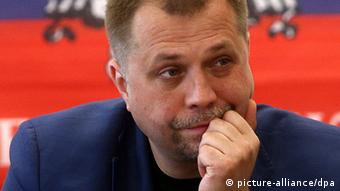
Alexander Borodai, a Russian, originally worked as a political consultant in Moscow
Formally, the two separatist people's republics are led by Ukrainians: Valery Bolotov in Luhansk and Pavel Gubarev in Donetsk. But both men have largely disappeared from the public eye. Meanwhile, one of the original separatist leaders in Donetsk, "parliamentary chairman" Denis Pushilin, has settled down in Russia.
There's less information about the origins of the many separatist foot soldiers. Many different groups are active among the separatists, according to Oleksiy Melnyk with the Razumkov Research Center in Kyiv.
"But the most important thing is the people making decisions, those who have created the chaos, are apparently members of the Russian secret services," Melnyk told DW.
There are up to 2,000 Russian intelligence agents operating as saboteurs in Ukraine, according the government in Kyiv. These agents take on leading roles, recruiting gunmen among the local population. So far, around 5,000 men have joined their ranks.
They variously state their goal as either creating an independent state in the Donetsk region or having Russia annex Eastern Ukraine's industrial region, according to Oleksiy Dmytrashkovsky in an interview with DW. Dmytrashkovsky is the spokesman for Kyiv's anti-terror operation against pro-Russian separatists.
'Battalion Vostok'
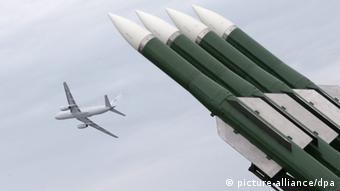
The Russian-built BUK anti-aircraft system is said to have shot down Flight MH-17
The most well-trained of the pro-Russian armed groups is the "Battalion Vostok." The unit is led by Aleksander Chodakovski, the former chief of the Ukrainian special forces group "Alpha" in Donetsk. There are reportedly 1,000 fighters under his command. In interviews, Chodakovski has said that volunteers from Chechnya have joined his unit.
Chodakovski is the only separatist leader to have indirectly admitted that passenger flight MH17 was shot down by a missile. In an interview with Reuters, he said that separatists were in possession of the anti-aircraft system BUK. Chodakovski later retracted his statement.
The United States has said that pro-Russian separatists shot down MH17 with a BUK system.
Strelkov unit
Igor Girkin, aka Strelkov, supposedly commands the largest armed separatist unit. After the mid-sized town of
Slovyansk was retaken by Ukrainian government forces in early July, Girkin moved his headquarters to the city of Donetsk. Estimates of the number of gunmen under his command vary from 1,000 - 4,000 fighters.
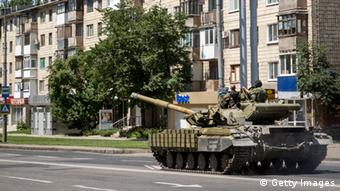
A tank operated by pro-Russian rebels rolls through the streets of Donetsk
An observer on the ground, who asked not to be named, told DW that most of Girkin's men are experienced mercenaries from Russia, Crimea and Transnistria. His unit is equipped with tanks and mortars. The weapons supposedly come from Russia.
'Russian Orthodox Army'
Then there's the "Russian Orthodox Army." They are connected with the self-declared governor of the Donetsk region, Pavel Gubarev. According to Russian journalists, the unit is 4,000 strong. But an observer on the ground, who also asked not to be named, told DW that the Russian Orthodox Army is actually only 500 strong.
Gubarev describes the Russian Orthodox Army as a tough group that fights out of conviction. In reality, they are locals from very poor mining districts, according to the observer.
"They have no military training," the observer said. "They mostly fend off vandals. But they don't hesitate to participate in some looting themselves. They don't have any heavy weapons."dw de

